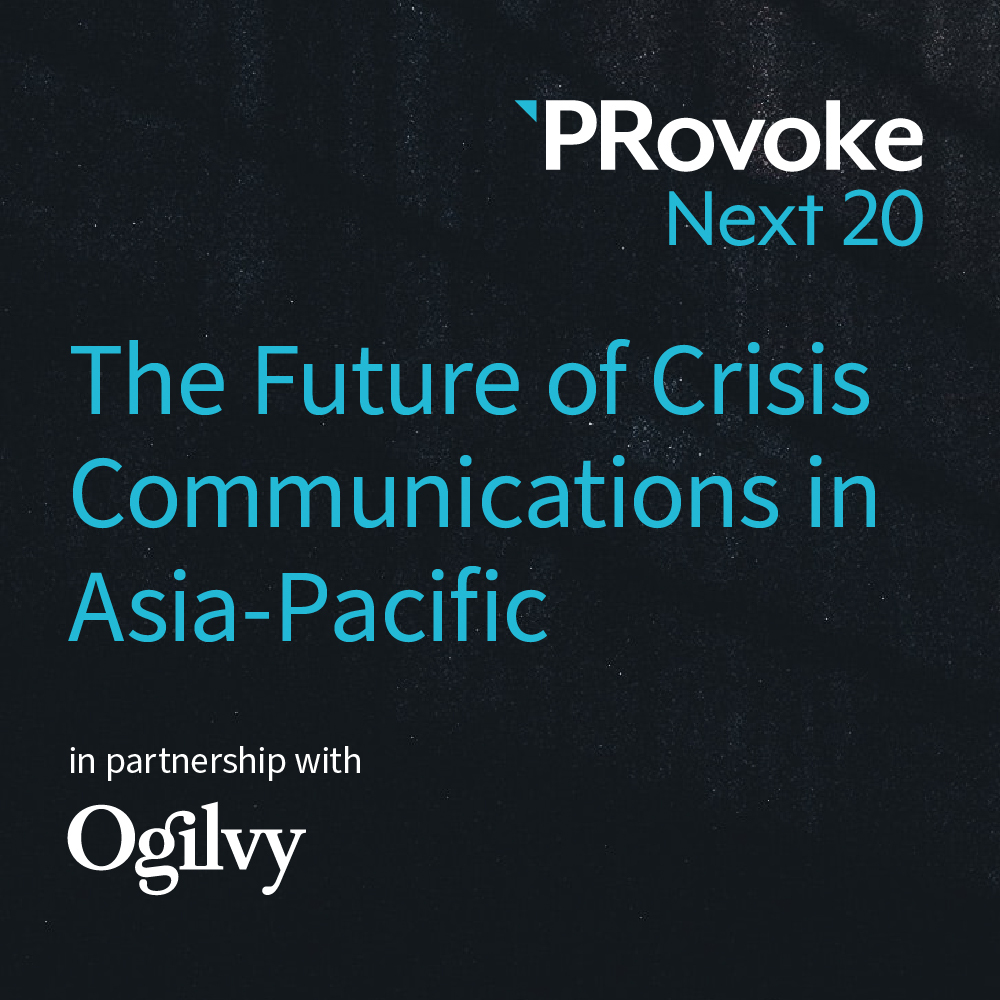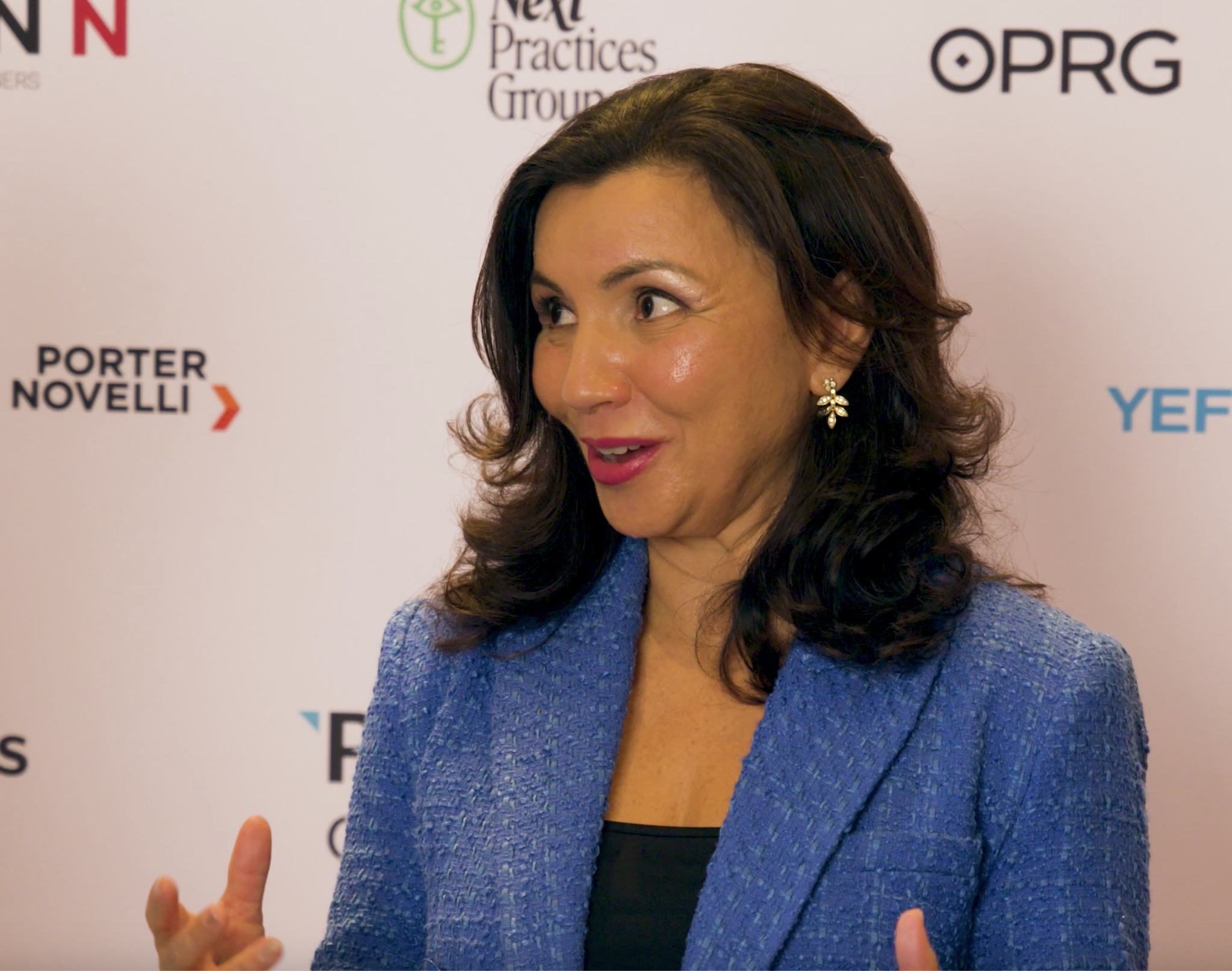David Blecken 23 Mar 2020 // 5:06AM GMT

The spread of the coronavirus, Covid-19, is a stark reminder that much of what befalls us in life is beyond our control.
The pandemic has been responsible for crisis situations of varying proportions for businesses. For Carnival Corporation, the owner of the Diamond Princess cruise ship quarantined in Japan after an onboard outbreak, it has been uniquely damaging. The incident exposed lax safety standards which were compounded by a bungled government response, and left the company scrambling to explain itself to the public.
For other companies, many of whose communications departments have not experienced a comparable situation before, it has been a case of feeling out a way to convey what really matters, firstly to staff, and more recently to the outside world.
“We’re in unprecedented times right now,” says Rachael Bylykbashi, director of corporate affairs at Roche Pharma Australia. “Even the most robust pandemic plan could not predict where we see ourselves today.”
Bylykbashi says the situation has taught her the importance of flexibility. “We have needed to be ready to change our approach on a daily, if not hourly, basis,” she says. The priority has been on employee wellbeing while ensuring the supply of medicines nationwide is not disrupted. It has meant understanding the different ways people are likely to react to the situation as it develops and factoring that into communications.
A key lesson has been “that good preparation and a practical plan provide the basis of what you do during a crisis, not everything you do,” she says. “You cannot be rigid. You must be flexible and change in line with the crisis that is in front of you, including environmental scanning and listening to our people and customers. [You should] expect the unexpected.”
Forward thinking
Non-disease-related threats to business and institutions today include increased polarisation, nationalism, and a general sense of public anger; misinformation and the weaponization of fake news; more frequent cyber hacks and data breaches; rising consumer and employee activism; and greater regulatory challenges.
As the world becomes an apparently more hostile place, the nature of crisis communications is also changing, challenging companies to keep up. Even the world’s biggest organisations can seem badly prepared.
Two examples from last year of companies that failed to adequately ride out major crises are Boeing and Nissan. In the wake of two crashes involving its 737 Max planes, Boeing’s slow response and lack of transparency made it difficult for the company to gain trust. The same failings were evident in Nissan’s handling of a corporate coup and alleged malfeasance involving several executives, which have contributed to plummeting share price and staff morale.
At a government level, Hong Kong’s communications response to the pro-democracy protests were also criticised as tone-deaf, serving to antagonise rather than engage a disenfranchised public.
The biggest change that needs to happen in the way companies think about crisis management is a move from reactive communications to proactive scenario planning, crisis prevention and risk mitigation says Scott Kronick, Asia-Pacific chief executive of PR and influence at Ogilvy. While most are experienced in the response phase of crisis communications, he sees few thinking seriously about the risk-mapping, readiness or recovery phases of crisis management.
While communications professionals should as a matter of course be up to date with what’s happening in the world, they can often become blinkered. “What they don’t realise is that there are societal, political and cultural issues going on around them that can affect their business more than that one decision they’ve just spent 10 hours of meetings over,” he says. ‘Always-on’ monitoring, stakeholder mapping and scenario planning can be costly and time-consuming, but are necessary if a company is to be prepared to face the issues that could affect its business”, he says.
“Perhaps the single most important mental shift would be to see spending on issues and crisis as proactive reputation enhancement rather than reactive reputation defence,” Kronick adds. “The issues and crisis team’s responsibility is not just to respond to a crisis when it hits and steer the brand through the difficulties, but to proactively build the skill, the understanding and the muscle memory to avoid crises in the first place and where unavoidable, to handle them more swiftly and decisively.”
Kronick thinks prevention strategies have become more important because the echo-chamber nature of social media means that in a crisis, brands tend to find themselves caught between two opposing camps, and it is risky to choose sides. If prevention is not possible, it is important to avoid becoming caught in an organisation’s own echo chamber, notes an in-house practitioner at a global media company in Hong Kong. This applies to crises relating to the organisation directly and societal ones. He points to the recent protests as an example.
“You learn very quickly that anyone can unwittingly impose their own biases when crafting communications around the issue,” he says. “It’s especially important in situations like this to stay neutral and factual when presenting information to all of your stakeholders. Politicised situations are complex and divisive, and people tend to receive and share information in their own social bubbles, making our roles as gatekeepers of information more challenging.” But he adds that such situations can lead businesses to better appreciate the role that communications professionals play in avoiding pitfalls and helping operations continue as normal.
Asked how his approach to crisis planning has changed over the past year, the Hong-Kong based observer supports Kronick’s suggestion that priorities are shifting. “Anticipation and preparedness is critical to crisis planning and these recent events have certainly honed our skills and bring resiliency to a new level,” he says.
This thinking should not be limited to those working at outfits that are household names. The nature of today’s society means B2B companies are more exposed in the event of a crisis than in the past, says former Boeing Southeast Asia comms director Melissa Cheah, who is now head of international communications for Sandoz, a subsidiary of Novartis. Traditionally, they have felt less at risk, but “digitalisation has levelled the playing field and most companies today to a certain degree are or will be consumer-facing. This is a fundamental shift in mindset that companies need to make – they need to rethink not only their speed of response but their content, channel, language and tone of response.”
She adds that although it can be tempting to hide behind corporate generalities and jargon, “that tactic is a flimsy shield in the face of the mass consumer”.
Tech tools
Communications directors can take heart from the fact that they don’t have to face these challenges alone: technological advances mean there now exists an array of monitoring tools including ones that claim to use artificial intelligence to predict how big an issue something will become. How useful are they?
Kronick sees them helping to identify burgeoning issues and key themes of discussion by collating information, but says “there is really no replacement for a team” in reviewing it and putting it in context. Many tools “are just not yet mature enough to rely on without human supervision”.
“Technology can augment the role of a comms professional,” the Hong Kong-based source agrees, “but its benefits will always be limited. There are nuances to comms that can only be learned from experience and human interaction. Having said that, automating certain manual tasks such as media monitoring and alerts has become mainstream and doing this will certainly help drive effectiveness.”
Digital crisis tools might not be perfect, but they undoubtedly have a role to play in safeguarding data. Arnab Roy Choudhury, who runs cybersecurity communications for Standard Chartered, says predictive analytics and other systems help prioritise efforts in blocking potential hacks by determining the probability of attacks. He thinks of them as “a burglar alarm that allows us to nab and notify the relevant parties and to secure our perimeters before the burglar completes the act”. He says an exchange of learnings with other parties is essential for these services to advance. “Through sharing information and predictive data, we are better prepared, increase our understanding of what failed and what worked, and even build partnerships and alliances.”
Roy Choudhury says fake news and disinformation campaigns “have woken us up to an alt-world”. Asked if the communications industry is evolving quickly enough to deal with new threats, he says it’s less about evolving and more about feeling comfortable with the precarious nature of modern life.
That is surely not easy for someone charged with managing cyber crises for a large bank. He cites statistics from Varonis saying that hackers launch attacks on average 2,244 times a day; that the average lifecycle of a data breach is 314 days; and that the average cost of a data breach is $3.92 million. He admits that “no company is ever totally cyber-secure” and says that effective planning and response is dependent on corporate culture and the willingness to continually upgrade the plan based on learnings from each incident.
“We can talk until the cows come home about the deterrence options, but company culture is central to cybersecurity,” he says. “Our people and their awareness is a crucial mitigator of cyber incidents and crises. Companies would do well to have a disproportionate focus on driving a culture of security and safety.” As a communicator, part of Roy Choudhury’s responsibility is “not only to simplify the tech-speak for the broader recipients but also to champion the behaviours we want to see in others”.
Unchanged fundamentals
For communicators to support others within a company, they need enough support themselves. Cheah says: “I cannot stress how critical culture and values are to not only preventing crises but also guiding how a company responds to a crisis… Like policies, the effects of a poor culture typically do not show up until years later but when they do, they show up in a big way.”
She notes that the CEO, executive committee or legal department often override the communications function, which hinders crisis response. “The best attempts and intentions can go awry if the company’s people are not aligned to the same positive values… Culture is both an asset and a liability. It just depends on how you steer it.”
Indeed, as much as the types of crisis companies face might have changed, attention to small details and fundamentals can still make the difference between effective damage limitation and disaster. Kronick points to the formation of the crisis response team as a typical example of under-preparedness. “It’s not just a question of who will be involved, but also how to contact them in times of crisis; what is their exact role; does everyone understand it; at what point do you need to involve other people,” he explains.
Other tactical considerations that a re often overlooked, Kronick says, are how to craft a crisis response and translate materials; where to hold a ‘war room’ and what to do if tech systems fail; and the need to incorporate local market perspectives into a response. Keeping individual markets on too tight a leash can be counterproductive “as tone and manner are vital to effective crisis communications and vary wildly around the world”.
Ultimately, the difference between being able to move forward from a crisis and being set back, sometimes irreparably, still depends largely on the humanity of the response. “When a crisis occurs, people expect you (the company) to do all you can to allay their fears and empathise with their pain,” Cheah says. “Telling them that something is safe when people have died is just confusing and conflicting messaging. Not taking immediate action or refusing to show up in person is a guaranteed erosion of trust and only signals one thing—that you don’t care.”
This is part of our Next 20 series on the future of crisis communications in Asia-Pacific, in partnership with Ogilvy. To read more from the series, click here.


































.jpg)
























.tmb-135x100.jpg)







